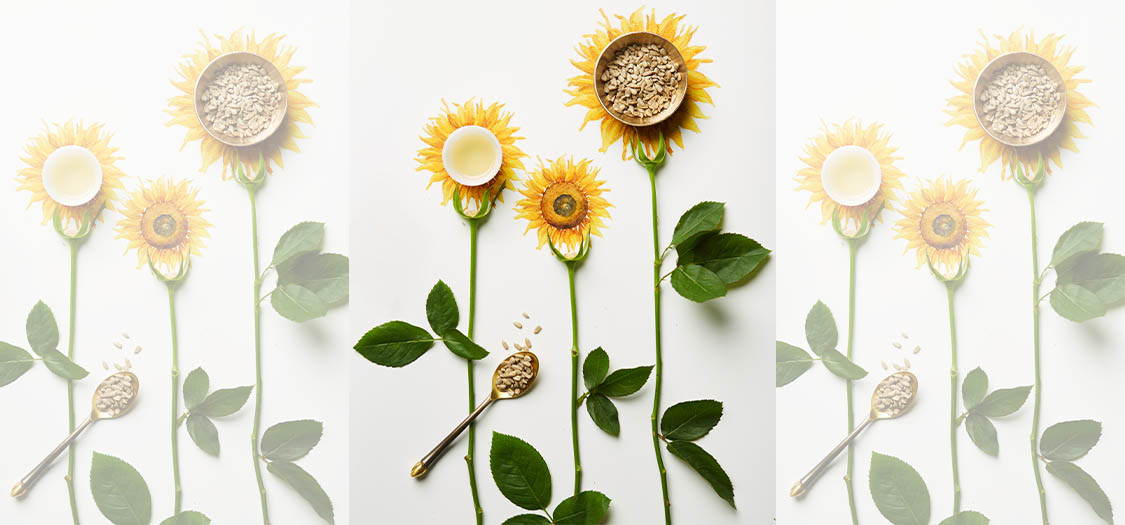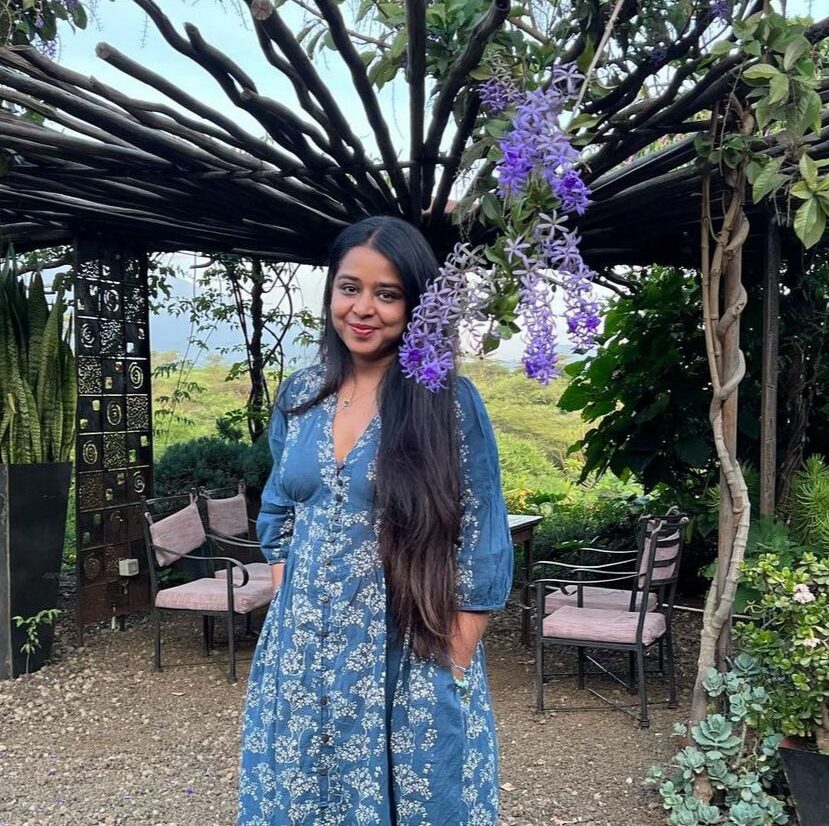Did you know what’s the missing link between what’s on your plate and glowing skin and lustrous hair? Protein. The body uses protein to build and repair tissues, and is an important building block of bones, muscles, skin, cartilage and blood. Plant-based proteins can be great for those who are lactose intolerant and experience bloating and gas from their current protein sources. Delhi-based celebrity dietician Nmami Agarwal says, “Plant-based proteins assimilates well with your body, are nutrient-dense and are low in carbohydrates, low in sugar, and low in saturated fat. It’s great for those watching their skin and weight as sufficient protein intake helps us build not only fit bodies and glowing skin but also keep the brain and gut in place.”Going high on green proteins doesn’t mean you skip your skincare, but it does ensure that your tissues have an added boost to build and repair tissues and you remain lean and aglow to face changing times. Agarwal, a vocal supporter of ‘Right to Protein’ campaign which promotes consumption of different forms of proteins amongst Indians for better overall nutrition, shares her list of top 9 plant-based proteins:
1. CHIA SEEDS
These tiny seeds are packed with good quality plant-based protein. These seeds are versatile and offer a mild crunch with a nutty flavour. “100 grams of chia seeds are packed with 17 grams of protein which is quite high when compared to milk which provides only 4 grams of protein per 100 milliliter. These seeds are also a good source of calcium, iron, and healthy omega 3 fatty acids. Chia seeds are compatible with a vegan and gluten-free diet,” adds Agarwal.
How to consume: Add chia seeds on top of your smoothies, soups, or salads. For best results, soak the seeds overnight and have them the next morning.
2. HEMP SEEDS
If you are vegan or vegetarian looking for ways to lower your meat intake, don’t overlook hemps seeds. These are exceptionally rich sources of whole vegetable protein. “Adding just about 2 tablespoons of hemp to your meal will add about ten grams of protein. These seeds are a total source of protein, which means that they offer all the 9 vital amino acids,” says Dr Siddhant Bhargava, Fitness & Nutritional Scientist, Co-Founder, Food Darzee. “GLA, an Omega-6 Fatty acid component of hemp, holds powerful anti-inflammatory properties that can help to calm inflammation and irritation on the skin,” explains Dr Chaturvedi.
How to consume: Sprinkle on your breakfast cereal or yogurt, add to smoothies or use in baking.
3. MORINGA
Moringa tree has been referred to as Shobhanjanain our Ayurvedic texts as all parts of this drumstick tree are a storehouse of nutrients and antioxidants and used in traditional medicine, says Dr Neena Chopra, founder and ayurvedic expert at Just Herbs.The leaves comprise of 25 % protein “Moringa is an immense source of good quality protein (consisting of all the essential amino acids), essential fatty acids, vitamins C, E and folic acid and various phytochemicals like flavonoids, phenolics and carotenoids,” Dr Chopra says.
How to consume: Blend a few fresh moringa leaves with your smoothie or vegetable juice.
4. CHICKPEAS
Also known as garbanzo beans or kabuli chana, chickpeas are optimally high in plant-based protein. States Agarwal, “100 grams of chickpeas provide 19 grams of plant protein along with gut-friendly fibre and essential vitamins and minerals. It can keep your appetite under control and can regulate blood sugar levels,”.
How to consume: Chickpea salad, chickpea soup, hummus, chickpea curry or boiled chickpeas salad.
5.QUINOA
The super-healthy, gluten-free quinoa is a whole grain and yields 4.5 grams of protein per 100 grams of serving. It comes in three varieties- white, red, and black. Apart from essential vitamins, it contains a lot of trace elements that offer various health benefits. It is also rich in fibre and potent antioxidants.
How to consume: Quinoa porridge, Mediterranean quinoa salad, quinoa soup. Blend it to your smoothies. Use it in baking.
6. YELLOW SPLIT PEAS
The long-overlooked yellow split peas are gaining momentum now in the health industry. In fact, many plant-based packaged proteins powders are composed of protein derived from these split peas, states Agarwal. “100 grams of these split peas provide 25 grams of protein. They are also packed with calcium, iron, magnesium, fibre, and healthy carbs.”
How to consume: Boiled, in salad, soups. Or as a dip (like hummus), falafel, or add them to your rice or vegetable preparations.
7. WALNUTS
Walnuts are well-known to provide a nutritious crunch to many dishes. These nuts are not only nutritious but are extremely palatable as well. Known for their high amounts of plant-based omega-3 fatty acids, they also are rich in plant-based protein providing 15 grams of protein per 100 grams. These power-packed nuts boost your brain health, heart health, support immunity and help in weight management.
How to consume: Munch on them as snacks. Add to salads. Sprinkle over smoothies/ soups, or add to bakery preparations like brownies, cookies.
8. LENTILS
The lens-shaped seeds from the legume family are incredibly nutritious. “100 grams of cooked lentils provide 9 grams of protein. It is a staple to many Indian households. Lentils come in many varieties and colours and each type has a unique nutritive profile. 25% of their total calories come from protein making them an exception plant protein alternative. These are high in fibre, vitamins, minerals, and trace elements,” states Agarwal.
How to consume: Lentil curry, soups, salads, pancake, stew, boiled, and sprouted.
9. SOY
Soybeans contain all the essential amino acids making it a source of complete protein. Soy products include soybeans, edamame beans, tofu, soy milk, and tempeh. 100 grams of soy yields 36 grams of high-quality protein. There are some fairly weak pieces of evidence on caution against soy consumption, warns Agarwal, but that shouldn’t stop you from including them in your diet occasionally.
How to consume: Boiled soybeans, edamame wraps, soymilk, grilled tofu.
This article was first published in Grazia





